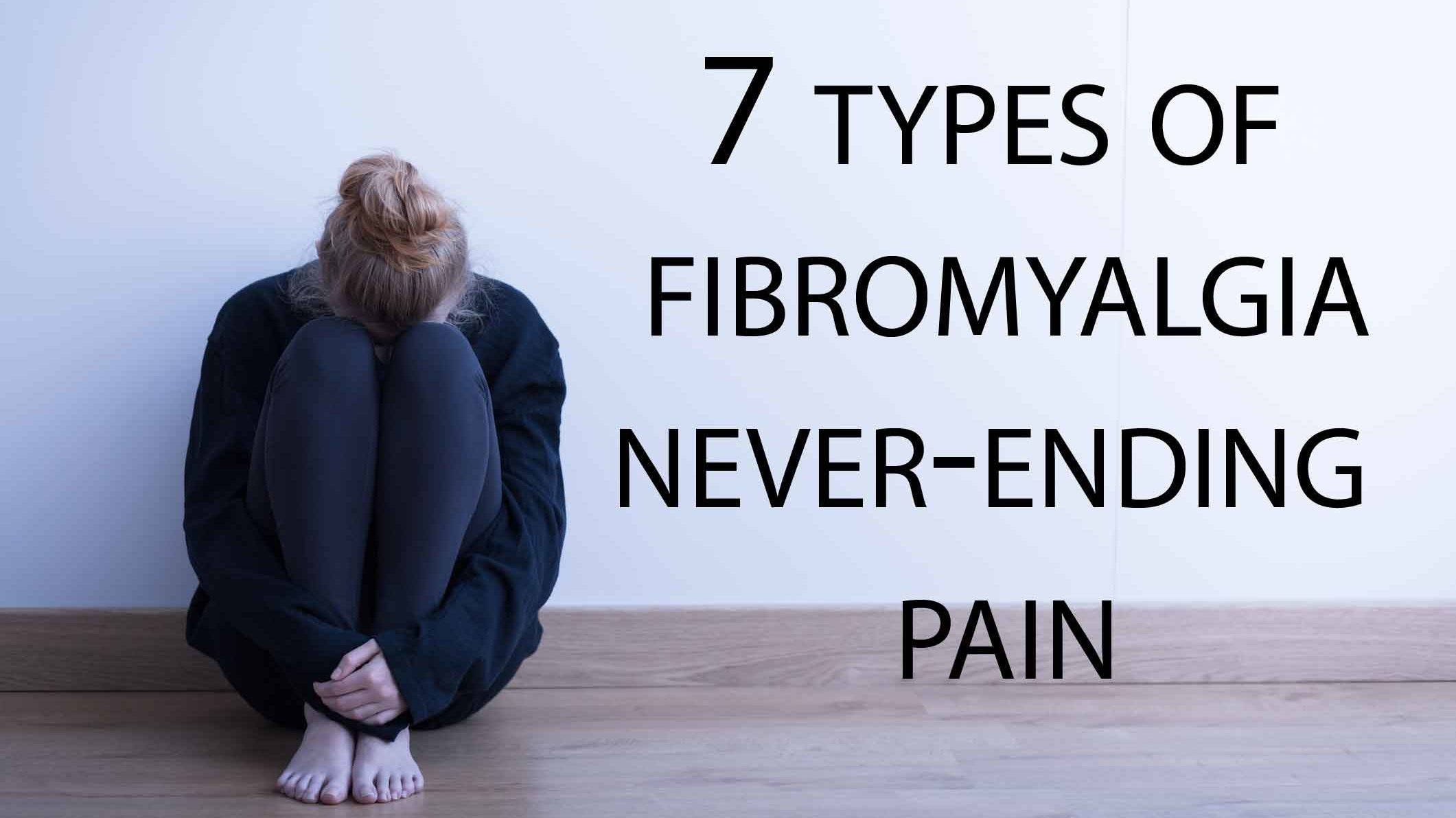7 major types of fibromyalgia pain
In most of the fibromyalgia patients, it has been seen that they suffered from 7 major types of pains. These types are discussed here:
Myofascial pain
Myofascial pain in simple words is widespread muscle pain. Stiff muscles are the reason for this kind of Pain. It hurts the patient all over the body. It is persistent, and causes severe pain in your muscles and soft tissues. In fibromyalgia, your muscles are shortened and become painful and tight in your whole body. These muscles are joined with your bones with the tendons via bony ropes. This tightness keeps pulling these tendons that results in the muscle and joint pains. The most complained muscles pains by the fibromyalgia patients are lower back pain, neck pain, and chest wall pain.
Allodynia
It is a type of pain which starts from a simple touch. It can be triggered with a slight or mild touch. The patient can suffer from this pain while wearing a dress or even a gentle or careful massage can hurt the patient badly. Massage therapy can make this pain worse. Some patients complain that this pain feels like a sunburn. This pain develops most of the times in the later stage of the fibromyalgia disease.
Neuropathic pain
This pain often comes in the fibromyalgia patients due to the nerve being pinched by tight muscles. This pinch compresses the joints they pass through. It is like the same that occurred in the carpal tunnel syndrome. With this nerve sensation patients feel the tingling, itching, crawling, burning, and numbness in legs and arms. In some situations it becomes painful. The best part of the neuropathic pain is that it never damage a patient’s nerve system. His nerve system works normally. It just only causes pain. There are various medicines are available in the market that can help the patients in decreasing this nerve pain or sensation.
Hyperalgesia
Fibromyalgia patients complain about hyperalgesia pain. It is a medical term that refers to the amplified pain. You can understand it with a simple example. If a normal person stabs his toe he will feel the pain for a few minutes. But in fibromyalgia patients, they will feel the pain for around 3 to 4 days. To reduce this pain there are medicines that can help the patient in managing his hyperalgesia pain. Drugs like antidepressants, muscle relaxants, analgesics, and anticonvulsants help to reduce the hyperalgesia.
Headaches
Abdominal and pelvic pain
There are more than 50 percent chances of the fibromyalgia patient to develop irritable bowel syndrome as compared to other people. This syndrome affects the digestive system and causes bloating and abdominal pain. Along with abdominal pain, they also suffer from pelvic pain. Most of the time, this pain comes from the bladder. These pains make the patient uncomfortable and irritated.
Joint pain
Fibromyalgia is a chronic illness that causes severe joint pains. Sensation, swelling, and aching in the joints are common in the patients. In joint pains, temporomandibular joint (TMJ) affects most of the people with fibromyalgia. This joint joins your jaw with your skull on both sides of your face. This pain is stated as a persistent and dull ache that move to the temple, ear, back of the neck, lower jaw, and around the eyes.
Bottom Line
Fibromyalgia is a chronic and long-term disease. Patients suffer from pains and they start to live with these pains. With medicines and treatment, these can be controlled but cannot be ended.







I was born 58 years ago with spina bifida occulta. Life has always been a challenge. At the age of 28 i realized i had some really odd pains. Just the pressure of my tiny cats paws on my lap was excruciating. Hugs were painful. Showering was like thousands of tiny needles piercing my skin. Went to my family doctor with my concerns.. He told me i was getting old. Seriously?? At 28!! It took 3 years to get a fibro diagnosis. I tried many pain meds, only to have stomach upset. Found out that the binding filler was lactose. About then i realized i was lactose intolerant. One drug Bextra was my savior….only to have it pulled from the market.
Fast forward to present day… I have had many surgeries to correct failing body parts and organs due to spina bifida. I lost a kidney to scar tissue from an ileal conduit. In trying to protect my remaining kidney, i cant/won’t take pain meds that are processed thru the kidney. Im left with acetaminophen. It barely takes the edge off any kind of pain.
Weather changes are brutal.
But the worst thing that has exacerbated my pain and complete disfunction was the tragic sudden death of my son in June 2020. I can’t bounce back. I am beside myself with pain, sicknesses, depression, anxiety and overwhelming despair. I’ve lost my job, my car and my apartment…and most importantly my sense of self and well being. People that say fibromyalgia isn’t a real thing..should spend some time living my nightmare…and the lives of everyone else suffering with this non-existent syndrome.
Your words are piercingly painful. I am truly sorry you have suffered so much. All the pain cannot compare to losing a child. My prayers are for your strength. 🙏🏻🙏🏻